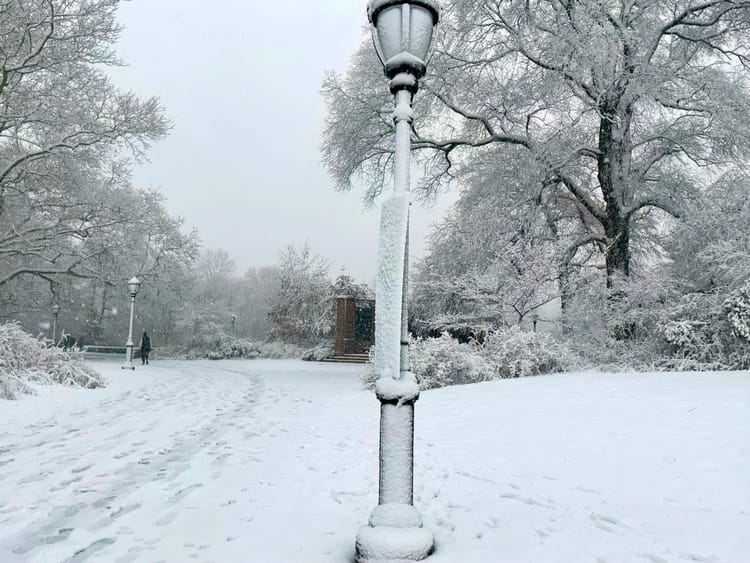Summer Lightning Strikes the Empire State Building

During this week’s thunderstorms that rumbled through the sweltering summer heat, the Empire State Building was hit by a bolt of lightning.
Once the tallest building in the world, the 1,454-foot tall Empire State Building is still a colossus of Manhattan and during a thunderstorm often channels heaven’s fury. Each year it is hit with lightning about 25 times, protecting the area around it and the people inside its steel frame. A copper lightning rod at the top of its spire allows the electricity to travel through a wire into the ground where it is safely discharged.
In the mid-1930s, the General Electric Company set up cameras to photograph the strikes and take oscilloscopic recordings of the currents in a study of the power of this new building—completed in 1931—that had reached heights of no other building before. They discovered that tall buildings can actually throw lightning into the sky, producing bolts that travel upwards from ground to cloud.
The Empire State Building is one of the most photographed sites in the world: but does it get enough appreciation for its defense of Manhattan from lightning? Find a view of it and walk towards it, notice the height of its spire, get closer until you lose sight of it in the city blocks. Then find yourself right next to it. Step inside the lobby. Discreetly touch a marble wall. Notice how cool the stone feels and think of the incredible heat of the lightning the building channels through its architecture (the air in the wake of a bolt can reach 50,000℉–five times hotter than the sun’s surface). Maybe say a quiet thanks for almost a century of being a guardian in summer storms.

- Another colossal lightning rod? The Statue of Liberty. The famous lines from Emma Lazarus’s poem center huddled masses, but the verses inside the pedestal of our Lady of Conducting Copper first refer to “A mighty woman with a torch, whose flame is the imprisoned lightning.” The National Park Service acknowledges that she is electrically smitten “many times each year,” but stops short of assigning hard numbers.
- New Yorker Nikola Tesla believed he’d one-upped Ben Franklin by inventing a “pointless lightning rod” in 1918. A contemporary article pointed out his “Good Reasons For This Radical Departure in Lightning Rod Design,” but Tesla’s tech does not seem to have wide uptake in modern circles. The company that installed lightning mitigation for St. Patrick’s Cathedral, JFK and Laguardia Airports, and the Plaza favors near-invisible installations to temper celestial bolts. Take a note from Tesla and reinvent ways of channeling the powerful forces that may strike unexpectedly.
- Lately, your lights may flicker or even go out as our need to stay cool taxes the grid in this fair, sweltering city. Consider it an eerie message coming down the wires from the legendary 1977 blackout. That (in)famous power outage was caused not by overstretched window units, but by an unfortunate concurrence of lightning bolts—two strikes that within 20 minutes took out major transmission lines in Westchester, ultimately leading to the failure of the NYC's largest generator, aka Big Allis. Tonight, flip all your switches to off and stare out onto the rooftops before you, watching the skies for blinding hairline fractures of the heavens.




